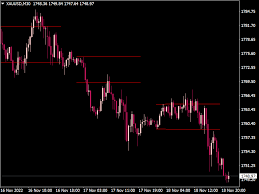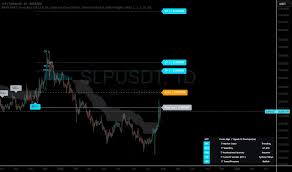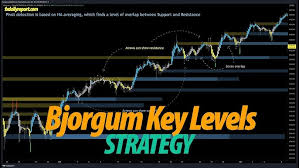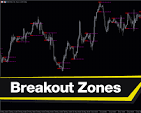indicator breakeout zone
Original price was: $19.00.$7.00Current price is: $7.00.
An indicator breakout zone refers to a price level on a chart that, when breached by the price, signals a potential continuation of a trend or a shift in market direction. These zones are identified by indicators and can be used by traders to identify potential trading opportunities.
Description
An indicator breakout zone refers to a price level on a chart that, when breached by the price, signals a potential continuation of a trend or a shift in market direction. These zones are identified by indicators and can be used by traders to identify potential trading opportunities.
-
Breakout:A breakout occurs when price moves beyond a defined support or resistance level, often identified by an indicator.
-
Breakout Zone:This is the area around the breakout level where the price action is considered to be breaking out of a defined range or pattern.
-
Indicators:Various indicators can be used to identify potential breakout zones, such as moving averages, Fibonacci levels, price channels, or volume-based indicators.
-
1. Identification:Traders use indicators to pinpoint potential breakout zones on a chart.
-
2. Confirmation:Once a breakout is identified, traders look for confirmation, such as a strong candle close beyond the zone or increased trading volume.
-
3. Trading:Traders may enter a trade in the direction of the breakout, expecting the price to continue moving in that direction.
-
4. Stop-Loss:A stop-loss order is typically placed just beyond the breakout zone to limit potential losses if the breakout fails.
-
These indicators identify consolidation zones and alert traders when a breakout occurs.
-
These focus on the price action during the opening period of a trading session, often the first 15 or 30 minutes.
-
These indicators use trading volume to identify potential breakouts, looking for increased volume during a price breakout.
-
These highlight areas where price has historically reversed, potentially indicating support or resistance.
-
False Breakouts:Breakouts can sometimes be false, meaning the price quickly reverses after breaking out.
-
Confirmation:It’s crucial to look for confirmation signals before entering a trade based on a breakout.
-
Risk Management:Always use stop-loss orders and manage your risk appropriately when trading breakouts.






Reviews
There are no reviews yet.